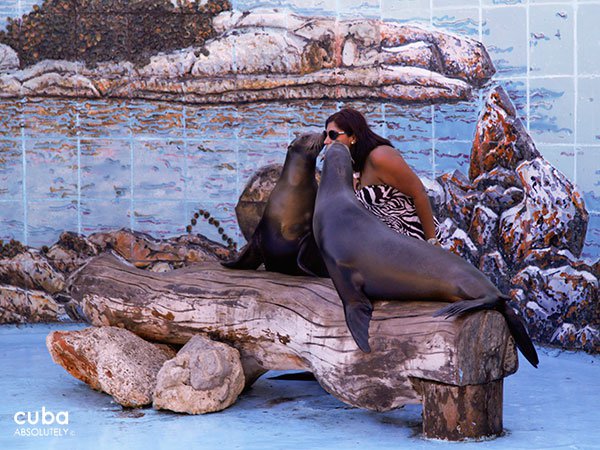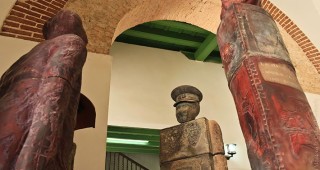This aquarium is a scientific center that specializes in research and environmental protection awareness and promotion, especially sea plant and animal life.
The Acuario Nacional de Cuba opened on January 23, 1960, with just 13 fish tanks in place, but it gave visitors the opportunity to see several fish and sea invertebrate creatures. The number of tanks increased, giving room to new species until 1973, a year that was marked by the arrival of Silvia, a seal that became the most popular creature among visitors. Later, in the 80s, a show was introduced with two dolphins, Diana and Ciclón.
In 2000, an expansion of the aquarium was made with the inclusion of the Plaza de los Delfines (Dolphins Square) and the Isla Tropical (Tropical Island). This first expansion stage was completed in 2002 and inaugurated by Fidel Castro.











 Art Deco
Art Deco








